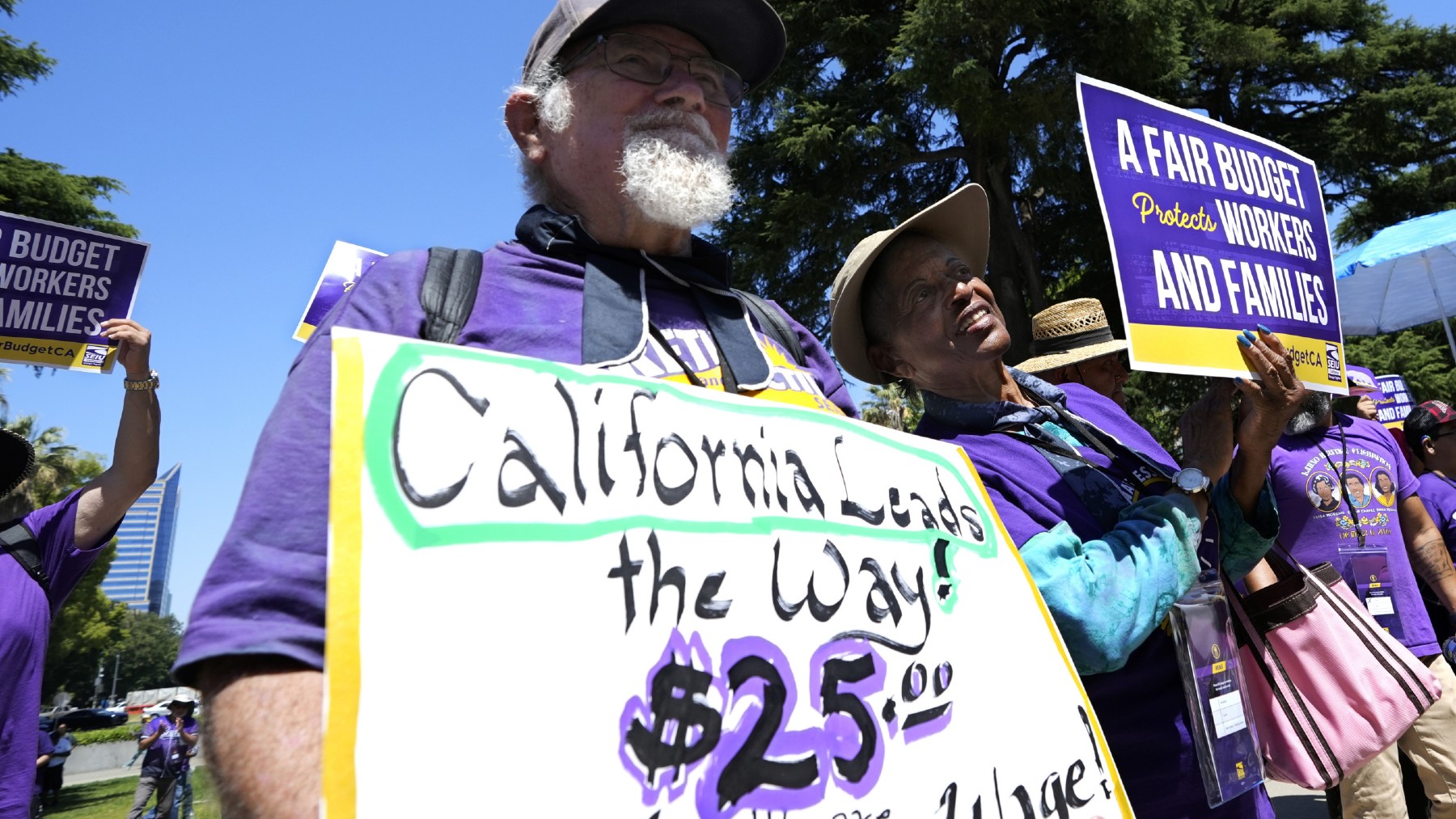On the 10th of October earlier this month, the new cost-of-living adjustment (COLA) statistic was announced. Each year, COLA is announced by the Social Security Administration to confirm by what percentage Social Security payments will be increasing by in the new year. This year, some beneficiaries may be feeling surprised or anxious about the new COLA statistic for 2025 as the increase is not as high as it has been in the past four year.
New COLA statistic appears worrying for some retirees
For the 2025 year, Social Security payments are set to be increased by 2.5%. This new announcement comes with the latest news on the new Consumer Price Index for Urban Wage Earners and Clerical Workers (CPI-W) from the third quarter of the last year. The CPI-W is an index of the cost of a basket of market goods for primarily blue-collar wage workers. The CPI-W is calculated using average costs for more than 200 goods such as food, beverages, housing, transportation, and other common household goods.
By looking at trends in price increases for certain products, the CPI-W informs COLA by how much payments needs to be raised by so that beneficiaries can keep up with rising costs. With the current cost of living crisis, many beneficiaries may be alarmed that the new COLA statistic is the lowest it has been since before the COVID19 pandemic. This year, COLA was set at 3.2% while the previous year saw an 8.2% increase in payments.
Lower increases are not to be a cause of alarm
While it may seem counter intuitive to want a smaller increase in payments each year, the reality is that a lower COLA is more desirable. Because COLA is informed by the CPI-W, increased rising costs in living mean a bigger COLA. A smaller COLA on the other hand highlights that inflation is slowing and rising prices of products are stabilizing. Thus, a larger payment increase is not needed as cost-of-living is not increasing as much.
COLA on average raises by about 2% each year. The fact that COLA is now closer to average trends than it ever has been since the pandemic highlights that the economy might be finally stabilizing. Cost-of-living has sky rocketed in the past four years, and this has been especially felt by low- and middle- income families. While a lower COLA means a smaller increase, it is an indication that prices are reaching a familiar place.
Good news for beneficiaries, but payments are still not enough
Despite the good news that the economy is beginning to stabilize, the reality is that most beneficiaries of Social Security live pay check to pay check. While Social Security is intended to be a supplement to income, most beneficiaries only source of income is their Social Security. While cost-of-living may be stabilizing, the payments which beneficiaries receive are still often not enough to cover all household expenses each month, particularly if beneficiaries have dependents.
Further, some people have argued that COLA being based on the CPI-W negatively affects beneficiaries as most people who receive benefits are not wage earners. Thus, their spending habits differ from the population which the CPI-W tracks. Because of this, changes in products which Social Security beneficiaries do buy are often under accounted for in the COLA statistic thus not reflecting an accurate payment increase to help beneficiaries cover their relevant monthly expenses.
The first round of the new COLA payments will be sent out in January of 2025. Beneficiaries should bear in mind that increases in payment will differ from person to person as no two people receive the exact same payment amount as Social Security is not a flat amount.












